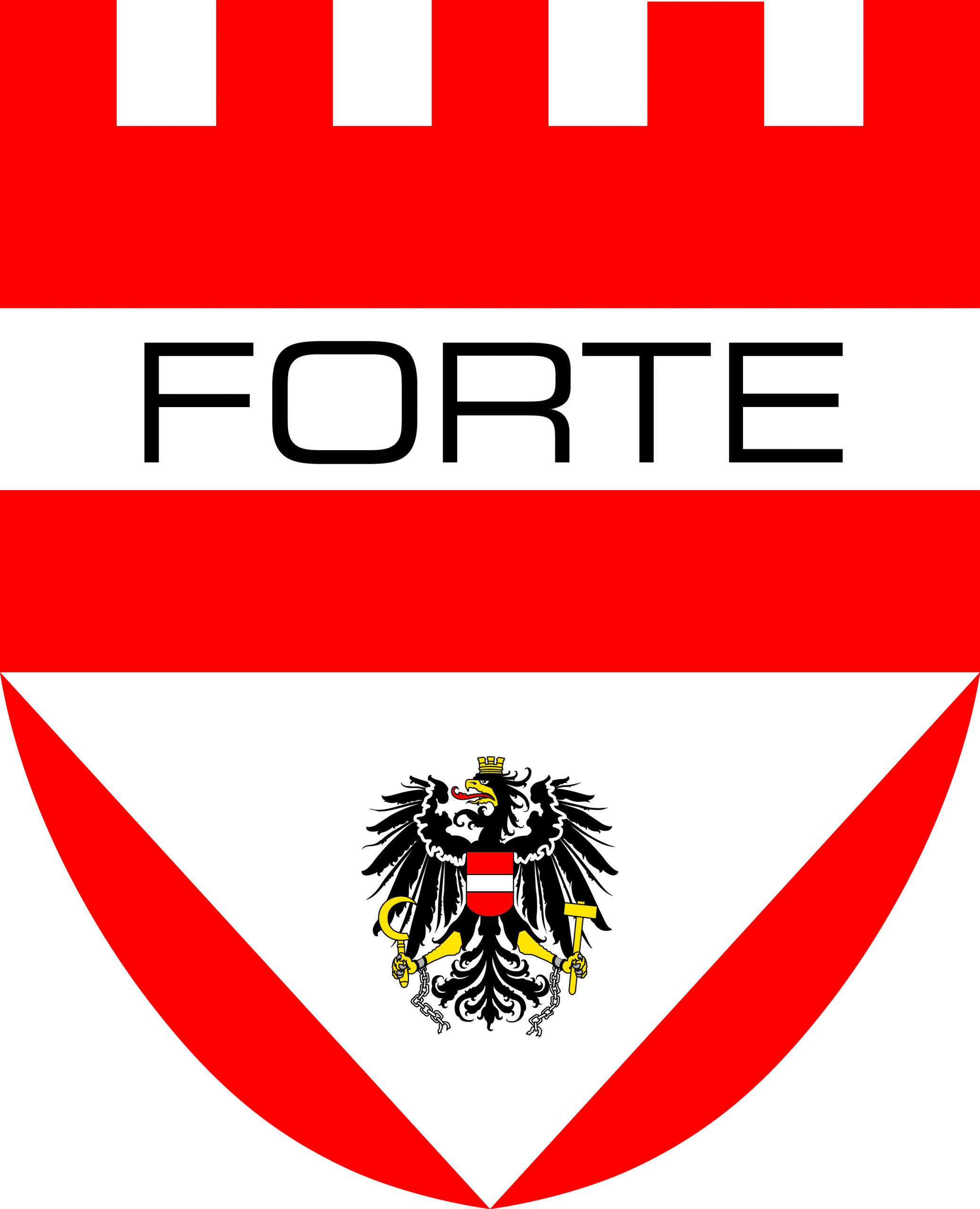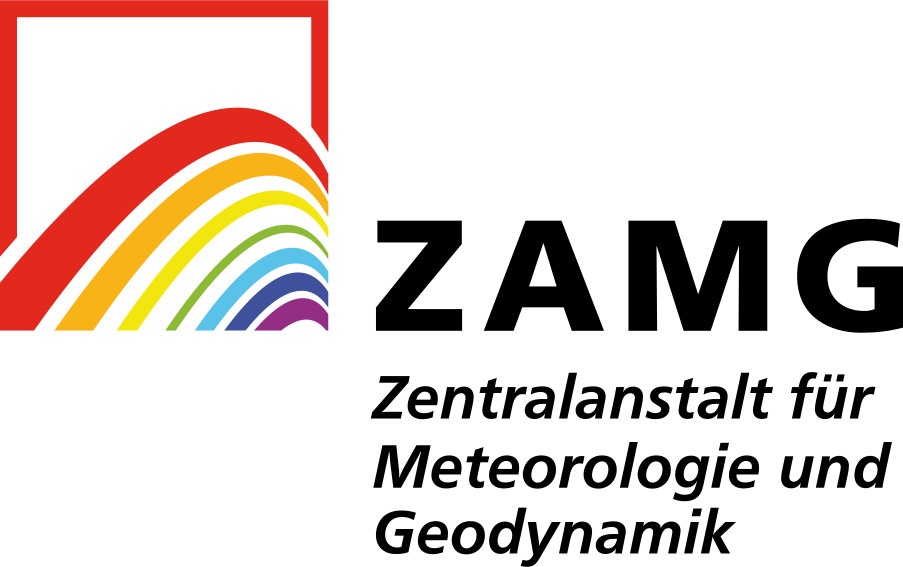


Contact
Dipl. Ing. Christian Derler
JOANNEUM RESEARCH Forschungsgesellschaft mbH
DIGITAL – Institute for Digital Technologies
Research Group Cyber Security and Defence
+43 664 602 876-1196
Project
In the national context, one of the most distinguished qualities of the Austrian Armed Forces is the capability for conducting missions under CBRN threats, that is, threats caused by chemical, biological or radiological agents and by attacks with nuclear weapons. Essential for such missions is the capability for predicting hazardous areas, for monitoring areas that are affected or at risk with appropriate sensor technology, and for estimating the source properties of unobserved incidents where only measurements indicate their existence.
At present, procedures applied by the Armed Forces are almost solely based on the analysis of observations reported by soldiers. Not all nuclear detonations with the potential to threat Austrian personnel can be expected to being sufficiently characterised through direct observations. One of the project’s goals is therefore to estimate the yield of the nuclear device based on the results of geophysical measuring methods (seismic, infra sound). The International Monitoring System of the CTBTO (Comprehensive Nuclear Test-Ban Treaty Organization) serves as the primary data source.
Covert attacks with CBR agents can only be detected by observation of their effects or by precautionary placed sensors. A rapidly placeable sensor network that consists of low-priced nodes, is safeguarded against tampering, and is connected to the Armed Force’s CBRN information system is an essential building block in such a scenario and a goal of the project ABC MAUS.
Estimating parameters that are relevant for hazard prediction – such as the date and time, the location, the type and trend of the release and the amount of released substance – as well as optimising the use of placeable sensors requires modern methods for modelling atmospheric dispersion in forward and backward direction. The models used at present by the Armed Force’s CBRN information system are based on analytic equations, which allows for obtaining results very fast after being notified of nuclear detonations near / on the surface or releases of CBR agents, but represents a simplification that neglects potentially relevant effects. As a result, zones requiring protective measures must be established in a very conservative way and thus tend to be much larger than needed. Making complex, state-of-the-art atmospheric dispersion models available for hazard prediction and including larger scales allows for a refinement of the CBRN situational picture and makes estimating incident source terms feasible. That is another goal of project ABC MAUS.
Consortium
JOANNEUM RESEARCH, headquartered in Graz, is one of the largest non-university research organisations in Austria, successful in various fields of applied sciences at the national and international level. Its institute DIGITAL is a trustworthy partner in the field of digital innovation and transformation and develops applied high tech solutions for the following markets: Mobility, Space, Industry, Energy & Environment, AAL & Digital Care, and Culture & Creative Industries, Security & Defence. In the latter, the institute has a long-standing partnership with the Austrian Armed Forces.
The research group Cyber Security and Defence as a part of the institute DIGITAL develops the Austrian Armed Forces’ CBRN information system, which is continually improved and adapted to evolving standards.
In the project ABC MAUS, JOANNEUM RESEARCH has the role of the project coordinator and is responsible for integrating the sensor net, the geophysical incident characterizations, and modern atmospheric dispersion models with the CBRN information system.
- National defence
- Protection of the constitutional bodies and the democratic liberties of the Austrian population
- Preservation of order and security in the interior
- Assistance in the event of disasters (natural and major accidents)
- Peacekeeping, humanitarian aid, and emergency relief abroad
The ZENTRALANSTALT für METEOROLOGIE und GEODYNAMIK (ZAMG) is the national weather service agency and the national geophysical and seismological service of Austria since 1851. ZAMG is a subordinate agency of the Federal Ministry for Education, Science and Research. The legal tasks comprise the issuing of weather forecasts and warnings, the participation in the governmental crisis- and disaster management, and the execution of the national seismic survey.
The verification of the Comprehensive Nuclear Test-Ban Treaty (CTBT) in Austria falls on ZAMG as National Data Centre and it is one of the 10 Regional Specialized Meteorological Centres (RSMCs) of the World Meteorological Organization (WMO) for nuclear environmental emergency response. The quality of the state of science products and services is achieved through successful participation in national and international research projects in conjunction with continuous further development of methods. ZAMG has been recognized in its fields of expertise as Austria’s representative in the relevant international organizations for many years.
In the frame of the project ABC MAUS ZAMG provides its expertise and analysis products for infrasound and seismic detection of military explosions (location, signal source, yield) as well as its expertise and analysis products, forecast products respectively, for local to global scale state-of-the-art CBRN- atmospheric transport modelling.
GIHMM GmbH was founded in 2017 following a management buy-out by Adelheid Fochler and Günter Kemminger from BITT Technology, founded in 1973. We are the supplier of the Austrian Radiation Early Warning System with 320 gamma measuring stations and more than 10 Aerosol online measuring stations. GIHMM is also responsible for the complete service and maintenance.
Due to the close cooperation with worldwide representatives and distributors, e.g., in China and the Arab regions, we can better understand the regional market requirements and thus continuously increase our export share.
GIHMM GmbH develops and produces gamma probes for radiation early warning systems and gamma spectrum probes for in-situ isotope identification, both for stationary and mobile use. Furthermore, we offer aerosol measuring systems and Apps for data visualization, e. g. the GIHMM cloud.
We test and calibrate radioactivity measurement equipment in our accredited calibration laboratory. The calibration laboratory is accredited to ISO 17025 since June 18, 2008, for the measuring of ambient dose rate equivalent and therefore part of the Austrian Calibration Service (ÖKD).
In the project ABC MAUS Gihmm GmbH is responsible for the development of the sensors and the sensor network.
Publications
Apoloner, M.-T., Mitterbauer, U., Mohr, P., Rodler, F. A., 2021. Added Value of Low-Cost Seismic and Infrasound Sensors to Local Monitoring. CTBT Science and Technology (SnT) 2021, 28 June 2021 to 2 July 2021, Vienna, Austria and virtual.
Mitterbauer, U., Maurer, Ch., Apoloner, M.-T., Mohr, P., Baumann-Stanzer, K., Skomorowski, P., 2021. Testing a mobile infrasound array together with seismic senorsagainst aGround Truth Event. CTBT Science and Technology (SnT) 2021, 28 June 2021 to 2 July 2021, Vienna, Austria and virtual.
Mitterbauer, U. and Ghica, D., 2021. Performance of a mobile infrasound station in the framework of CEEIN. vEGU21, the 23rd EGU General Assembly, held online 19-30 April, id.EGU21-5191.
Mitterbauer, U., 2021. Infraschall – Messungen im Waldviertel. LD50 2. Ausgabe 2021.
Literature
Jandl-Scherf, B., Lernbeiss, H., Derler, C., Mohr, P., Pockl, M., 2016. Software engineering in the light of evolving standards in CBRN disaster management. Presented at the 2016 3rd International Conference on Information and Communication Technologies for Disaster Management (ICT-DM), IEEE, Vienna, Austria, p. 190pp. https://doi.org/10.1109/ICT-DM.2016.7857217
Preinerstorfer,A., Egly, M., Gojmerac, I., Hochwarter, C., Schuster, C., Jandl-Scherf, B., Lernbeiss, H., Radner, S., Schweighofer, E., 2018. Interoperability Between IT Systems in Austrian National Crisis & Disaster Management, in: 2018 5th International Conference on Information and Communication Technologies for Disaster Management (ICT-DM). pp. 1–8. https://doi.org/ 10.1109/ICT-DM.2018.8636381
Baumann-Stanzer, K., Skomorowski, P., Polreich, E., Trini Castelli, S., Leitl, B., Carny, P. & COST ES1006 Members (2016): Atmospheric transport models for hazardous releases: variability and uncertainties – findings of COST Action ES1006 and operational experiences. Chemical Engineering Transactions, 48, 6 pp.
Hieden, A., Baumann-Stanzer, K., Mohr, P. (2021): Modeling plume dispersion for near ground explosion scenarios in the framework of a decision support system. CTBT Science and Technology Conference, 28. Juni – 2. Juli 2021, Vienna, Austria.
Janicke Consulting (2019): Dispersion Model LASAT Version 3.4 Reference book.
Mitterbauer, U. and Ghica, D. (2021): Performance of a mobile infrasound station in the framework of CEEIN. EGU General Assembly 2021, online, 19-30 Apr 2021, EGU21-5191, https://doi.org/10.5194/egusphere-egu21-5191.
Mitterbauer, U., Maurer, Ch., Apoloner, M.-Th., Mohr, P., Baumann-Stanzer, K., Skomarowski, P. (2021): Testing a mobile infrasound array together with seismic senors against a Ground Truth Event. CTBT Science and Technology Conference, 28. Juni – 2. Juli 2021, Vienna, Austria.
Pisso, I., Sollum, E., Grythe, H., Kristiansen, N.I., Cassiani, M., Eckhardt, S., Arnold, D., Morton, D., Thompson, R.L., Groot Zwaaftink, C.D., Evangeliou, N., Sodemann, H., Haimberger, L., Henne, S., Brunner, D., Burkhart, J.F., Fouilloux, A., Brioude, J., Philipp, A., Seibert, P., Stohl, A. (2019): The Lagrangian particle dispersion model FLEXPART version 10.4. Geosci. Model. Dev. 12, 4955–4997, doi:10.5194/gmd-12-4955-2019.
ZAMG (2018): FLEXiblePARTicle dispersion model – official FLEXPART web site. URL: https://www.flexpart.eu/. Online; accessed June, 27th, 2020.
Imprint
JOANNEUM RESEARCH Forschungsgesellschaft mbH
Leonhardstrasse 59
A-8010 Graz
Phone: +43 316 876-0
Fax: +43 316 8769-1181
prm@joanneum.at
Registered under no. FN 48282 d District court for civil matters Graz
VAT number: ATU 28781306
Content of the Website
Presentation of the project ABC MAUS.
Liability
All the texts used in this Website have been carefully checked. Despite this we cannot accept liability for the veracity, completeness, and accuracy of the data provided.
Copyright
All the texts, graphics and photos are protected by copyright; use of this material is only permitted when express permission has been given.
Links
Links to this website – also on sides in the depth – are desired. A takeover of the main frame into a frame of the linkmaker is not permissible.
Links to other pages represent merely references to these pages. The editor does not identify with contents on these linked pages and does not assume any liability for them. Should any of the pages linked show to be of questionable or illegal content, information is requested; in any such cases the link will be deleted at once.







